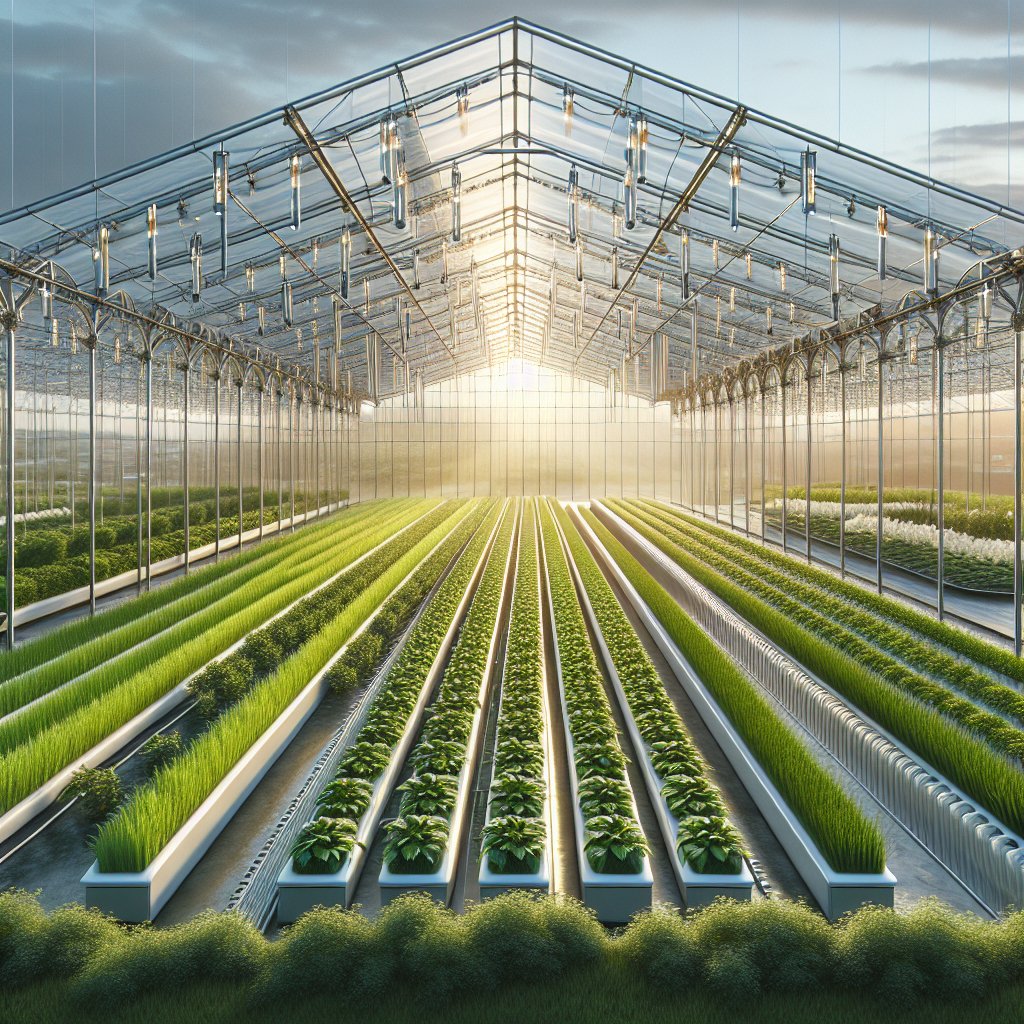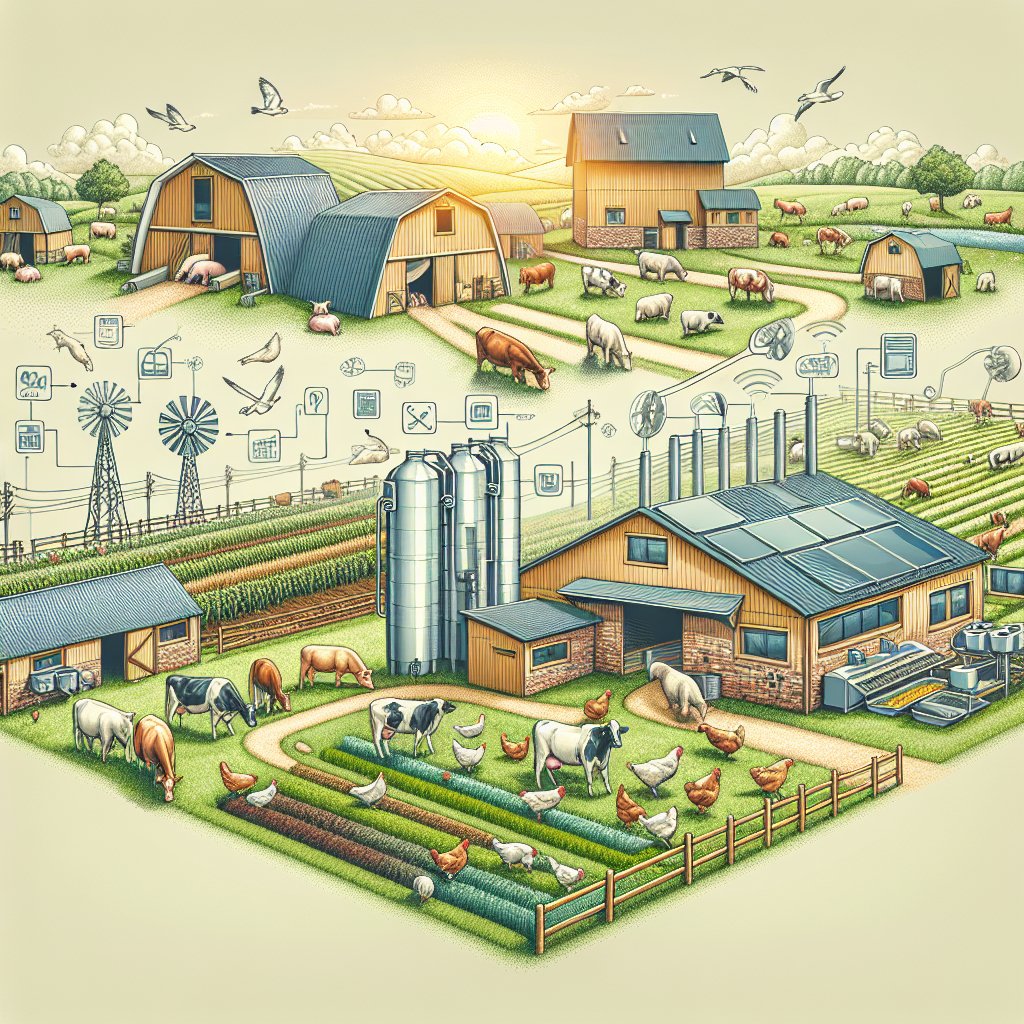Growing crops profitably in greenhouses is an innovative approach that allows farmers to maximize their yield while minimizing risks associated with unpredictable weather conditions. Greenhouses provide a controlled environment that can enhance plant growth, extend growing seasons, and improve crop quality. This article will explore the essential strategies and techniques for successful greenhouse farming, focusing on crop selection, environmental control, and effective management practices.
Understanding the Greenhouse Environment
The greenhouse environment is a critical factor in determining the success of crop production. Unlike traditional farming, where crops are exposed to the elements, greenhouses offer a sheltered space that can be optimized for plant growth. Understanding the key components of the greenhouse environment is essential for maximizing profitability.
Temperature Control
Temperature is one of the most crucial factors affecting plant growth. In a greenhouse, maintaining an optimal temperature range is vital for crop health and productivity. Here are some strategies for effective temperature control:
- Heating Systems: During colder months, heating systems such as gas heaters, electric heaters, or hot water systems can be employed to maintain a consistent temperature.
- Cooling Systems: In warmer months, ventilation systems, shade cloths, and evaporative cooling can help lower temperatures and prevent heat stress on plants.
- Thermal Mass: Incorporating materials that retain heat, such as water barrels or stone, can help stabilize temperature fluctuations.
Humidity Management
Humidity levels in a greenhouse can significantly impact plant health. High humidity can lead to fungal diseases, while low humidity can cause dehydration. Here are some methods to manage humidity:
- Ventilation: Proper ventilation is essential for regulating humidity levels. Opening vents and using exhaust fans can help circulate air and reduce moisture buildup.
- Dehumidifiers: In areas with high humidity, dehumidifiers can be used to maintain optimal moisture levels.
- Watering Practices: Adjusting watering schedules and methods can also help control humidity. Drip irrigation is often preferred as it minimizes excess moisture in the air.
Light Management
Light is another critical factor in greenhouse crop production. Plants require adequate light for photosynthesis, and managing light levels can enhance growth and yield:
- Natural Light: Positioning greenhouses to maximize exposure to natural sunlight is essential. South-facing greenhouses typically receive the most light.
- Supplemental Lighting: In regions with limited sunlight, especially during winter months, supplemental lighting can be used to extend the photoperiod and promote growth.
- Shade Cloths: During peak summer months, shade cloths can help prevent overheating and reduce light intensity, protecting sensitive crops.
Choosing the Right Crops
Selecting the right crops for greenhouse production is crucial for profitability. Not all crops thrive in a greenhouse environment, and understanding market demand is essential for making informed decisions.
High-Value Crops
Focusing on high-value crops can significantly enhance profitability. Some popular options include:
- Herbs: Culinary herbs such as basil, cilantro, and parsley are in high demand and can be grown year-round in greenhouses.
- Vegetables: Specialty vegetables like tomatoes, peppers, and cucumbers are often more profitable than traditional crops.
- Flowers: Growing cut flowers or ornamental plants can also yield high returns, especially if marketed to local florists and garden centers.
Crop Rotation and Diversity
Implementing crop rotation and diversity can help maintain soil health and reduce pest and disease pressure. Here are some benefits:
- Soil Health: Rotating crops can improve soil structure and nutrient availability, leading to healthier plants.
- Pest Management: Diverse cropping systems can disrupt pest life cycles, reducing the need for chemical interventions.
- Market Flexibility: Growing a variety of crops allows farmers to adapt to market trends and consumer preferences.
Effective Management Practices
Successful greenhouse farming requires effective management practices that encompass everything from labor to marketing. Here are some key areas to focus on:
Labor Management
Efficient labor management is essential for maintaining productivity in a greenhouse setting. Consider the following:
- Training: Providing comprehensive training for workers on greenhouse operations, pest management, and crop care can enhance efficiency and reduce errors.
- Scheduling: Implementing a well-structured work schedule can help ensure that tasks are completed on time and that labor resources are utilized effectively.
- Automation: Investing in automation technologies, such as irrigation systems and climate control, can reduce labor costs and improve consistency in crop management.
Marketing Strategies
Developing effective marketing strategies is crucial for selling greenhouse-grown crops. Here are some approaches to consider:
- Direct Sales: Selling directly to consumers through farmers’ markets or community-supported agriculture (CSA) programs can increase profit margins.
- Online Marketing: Utilizing social media and e-commerce platforms can help reach a broader audience and promote products effectively.
- Partnerships: Establishing partnerships with local restaurants, grocery stores, and florists can create consistent demand for greenhouse products.
Conclusion
Growing crops profitably in greenhouses requires a comprehensive understanding of environmental control, crop selection, and effective management practices. By optimizing the greenhouse environment, choosing high-value crops, and implementing efficient management strategies, farmers can enhance their productivity and profitability. As the demand for fresh, locally grown produce continues to rise, greenhouse farming presents a viable opportunity for those looking to enter the agricultural market or expand their existing operations.




